The nuclear-contaminated water released from the crippled Fukushima Daiichi Nuclear Power Plant into the Pacific Ocean has raised concerns both in and out of Japan. Still, Tokyo plans a second release of water from the plant this week.
"A number of radioactive substances still remain in the contaminated water. I'm really concerned about the safety and health issues that may arise from the discharge into the ocean," said Michiko Ueno, 64, a woman living in Chiba prefecture.
Mayumi Shirakura, a 74-year-old Tokyo resident, said: "It is wrong to say that the contaminated water is 'safe' just because it has been processed. There are still many radioactive substances in the water, and that doesn't change the fact that the water is dangerous."
Tokyo Electric Power Company, the Fukushima plant's operator, said last week that the second release would begin on Oct 5. Similar to the first phase, about 7,800 metric tons of water stored in tanks will be released into the ocean over 17 days.
A rapid measurement of tritium concentration in seawater was conducted on Monday at 10 locations within 3 kilometers of the Fukushima plant. But since it started releasing contaminated water into the ocean on Aug 24, the company has not updated the information on seawater samplings at several other offshore locations.
Meanwhile, public trust in TEPCO and the Japanese government has declined due to problems with the emergency response to the Fukushima nuclear accident in March 2011 and the toxic water disposal.
"They said the water is safe, but they are lying. I don't believe it. What the Japanese government and TEPCO are doing is likely to cause significant damage, not only to Japanese citizens but also to many people overseas. I can't help but think they're deliberately hiding something," said Ikuko Tameguchi, a 64-year-old Tokyo resident.
It is not known how many toxic substances are included in the toxic water treated by the Advanced Liquid Processing System, a multinuclide removal system, said Hikaru Amano, an adviser to the Beta-ray nuclide measurement lab of the Iwaki Citizens' Radiation Measurement Center, also known as Tarachine.
Initially, TEPCO stated that if the contaminated water went through ALPS, it would meet regulatory standards, except for tritium. However, media reports revealed that radioactive substances other than tritium remained in the water at levels above regulatory standards.
After that, TEPCO acknowledged that about 70 percent of the water stored in tanks had concentrations of more than 60 nuclides other than tritium exceeding the regulatory standards for release into the environment. The company then suggested a secondary ALPS treatment before dumping.
However, the nuclides tritium, C-14, I-129, Sr-90, Cs-137, Co-60, Ru-106 and Sb-125 cannot be completely removed from the contaminated water even after the secondary treatment, experts said.
There is also uncertainty regarding other nuclides such as Ca-41, Cl-36 and Zr-93, said Amano at a webinar earlier this year.
Moreover, TEPCO analyzed only a small portion of the tanks, primarily focusing on the upper layer of the tanks' supernatant substances. The high-concentration sludge and sediments in the lower and bottom layers were not adequately examined, he said.
Given the varied concentration of radioactive substances in the three tank groups, it is questionable whether these truly represent the entire contaminated water supply, said Kanna Mitsuta, executive director at Friends of the Earth Japan, a nongovernmental organization.
"What we need to be cautious about is that the treated contaminated water in question is mixed with cooling water from debris in which the fuel has melted. Since it has come into direct contact with the debris, it contains various radioactive substances," Mitsuta said.










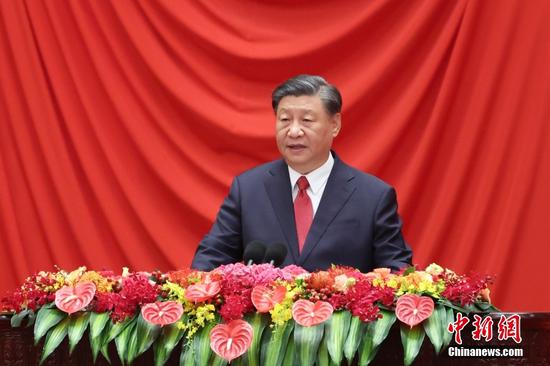
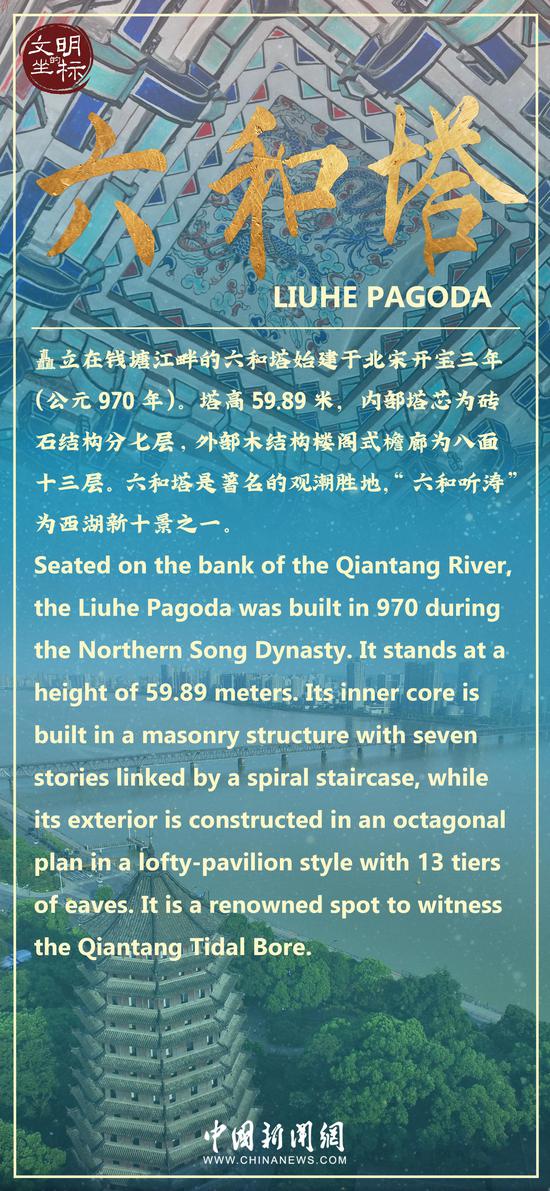

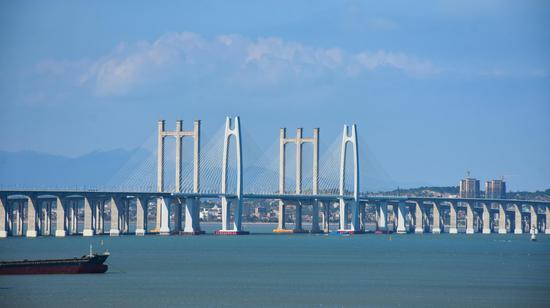
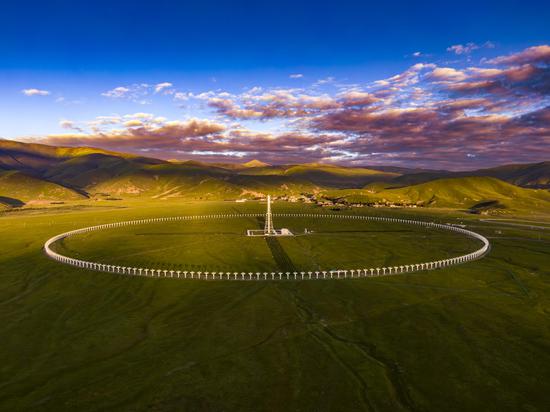
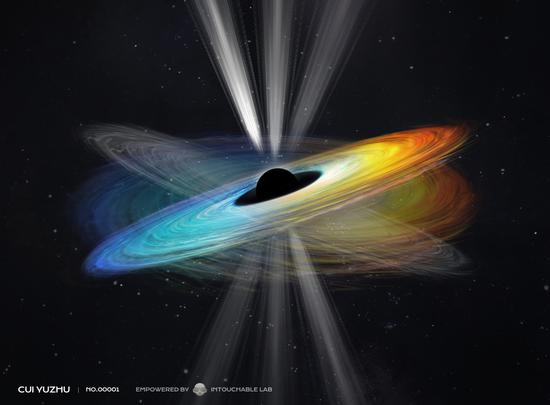
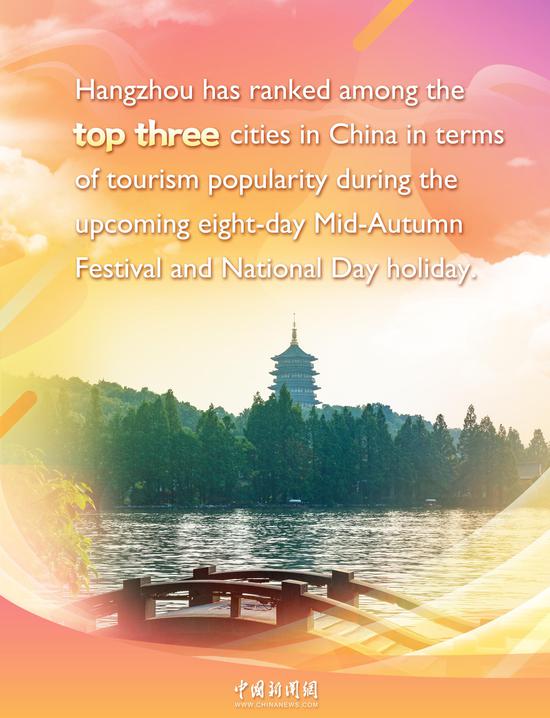

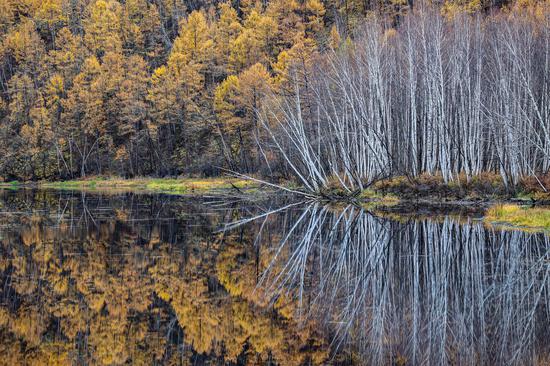
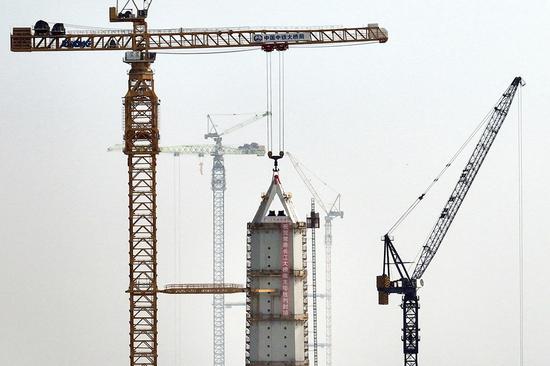

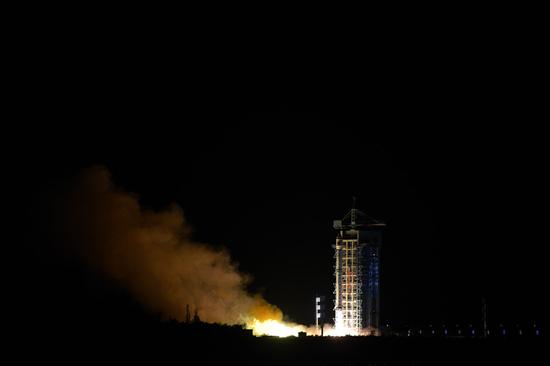
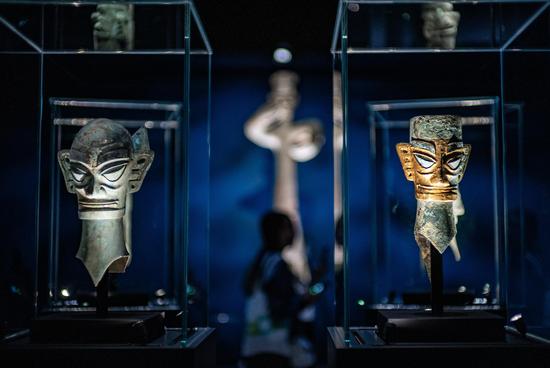
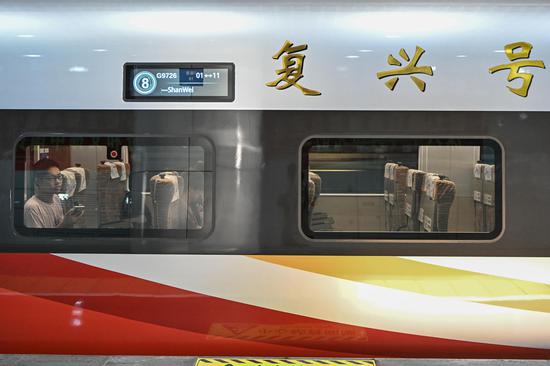


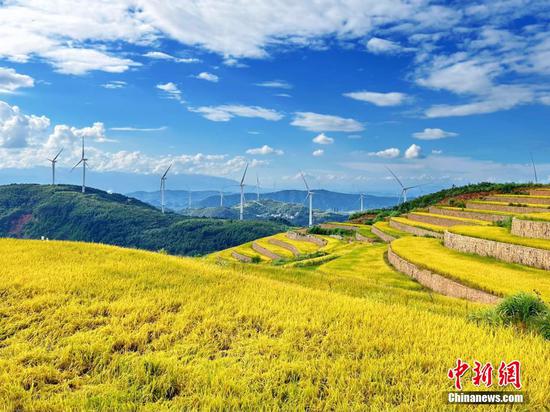
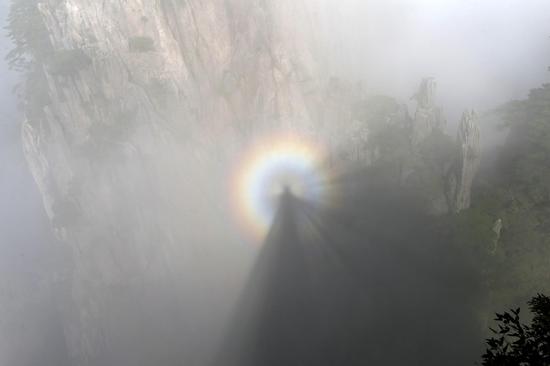


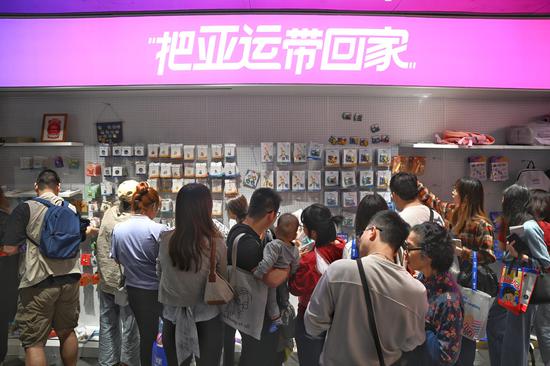
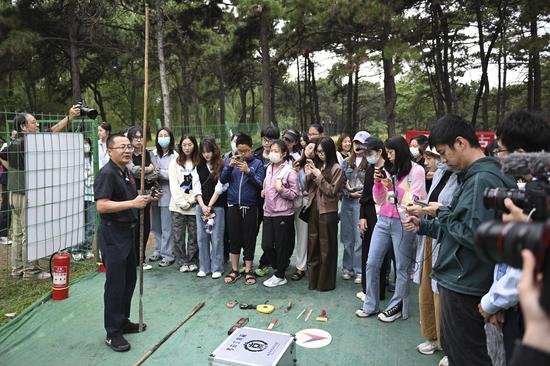
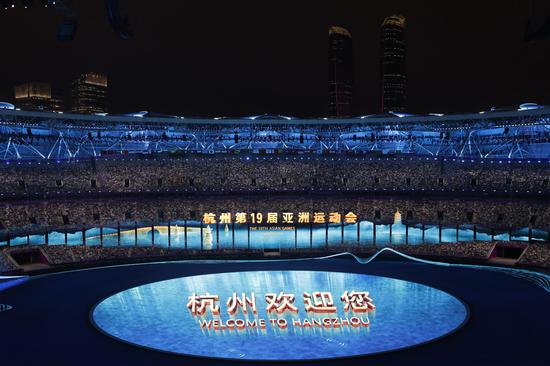
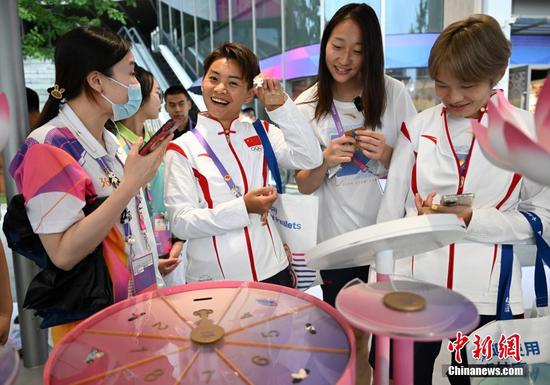


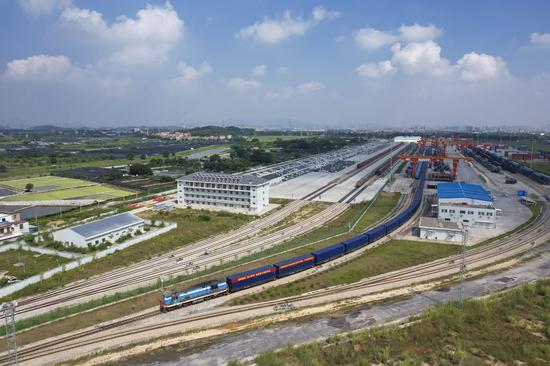

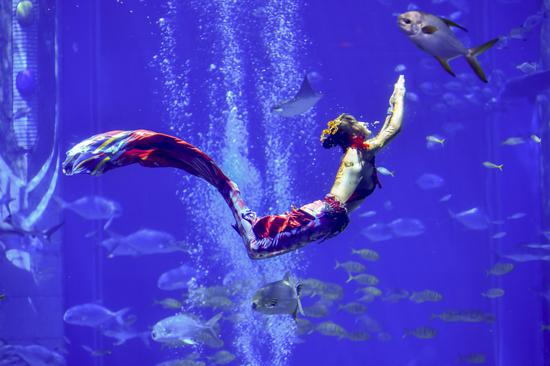

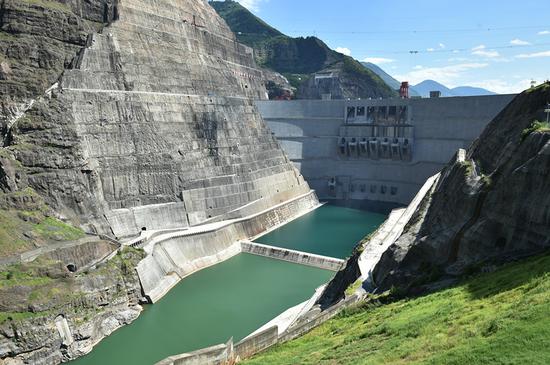
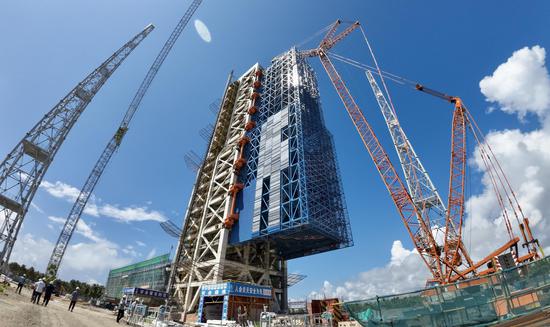
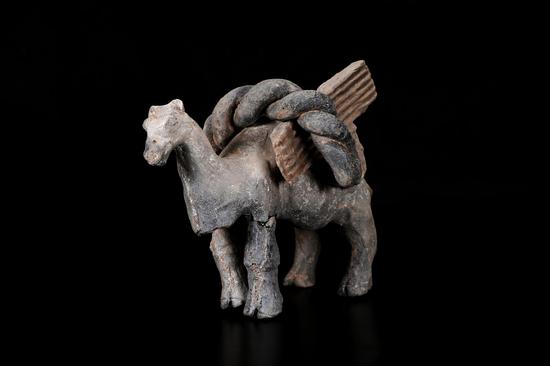
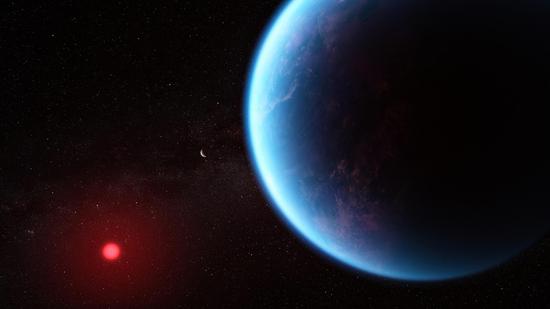


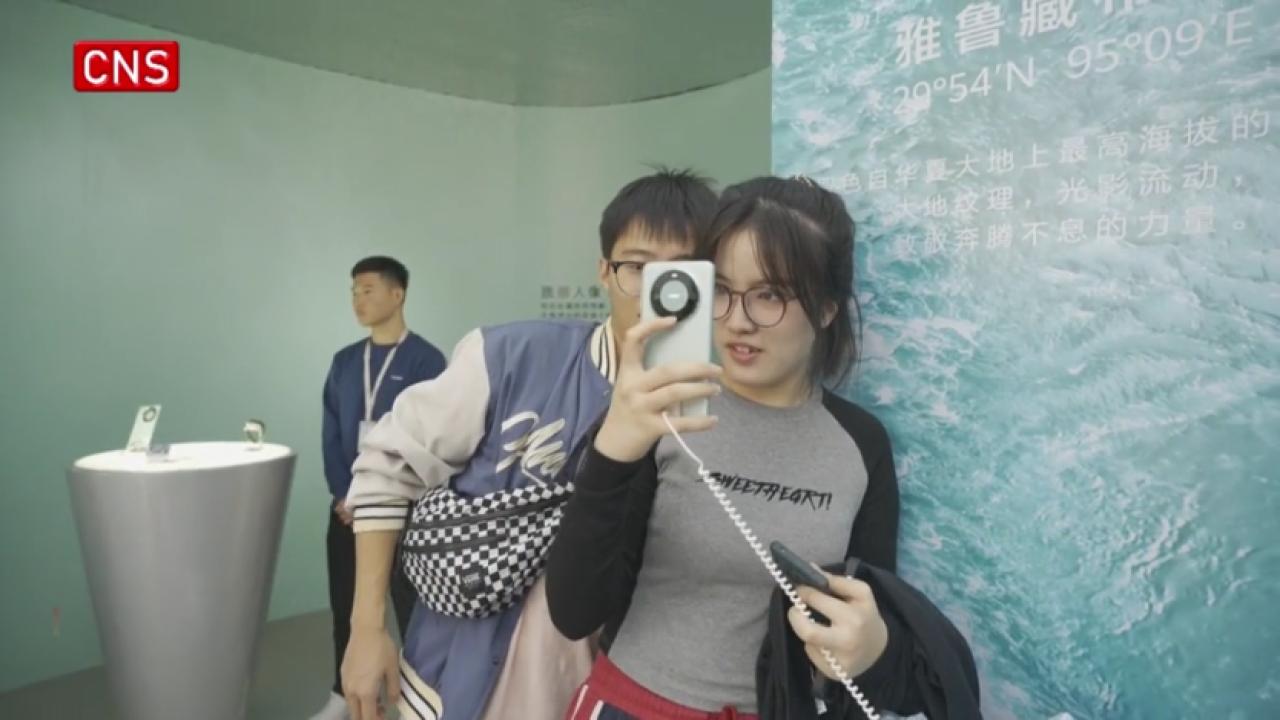



 京公网安备 11010202009201号
京公网安备 11010202009201号